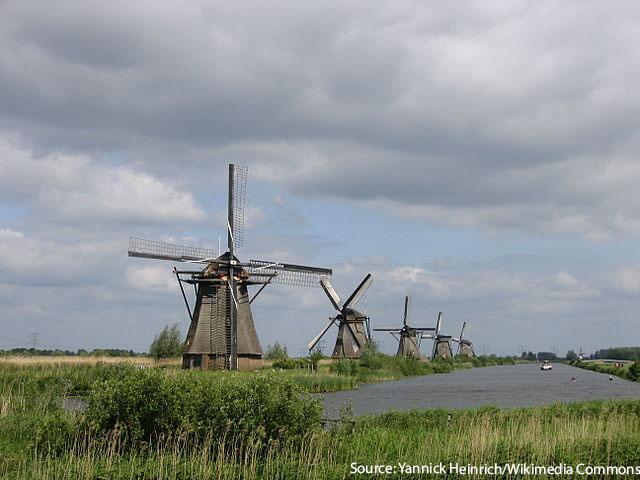Ecosystem Accounting for the Netherlands

In 2016, Statistics Netherlands and Wageningen University started to work on a three-year project with the aim to test and implement SEEA EEA ecosystem accounting for the Netherlands. Funded by the Dutch Ministry of Economic Affairs and Climate and the Ministry of Infrastructure and Water. The project will develop the core accounts and include carbon and biodiversity as thematic accounts with focus largely on terrestrial ecosystems.
Ecosystems
Natural capital is a broad concept and within this concept Statistics Netherlands focuses on ecosystems which include not only forest areas, heathland, salt and freshwater but also urban areas. As per Dr. Rixt de Jong, the project manager for the Dutch national ecosystem accounting project, “We are charting ecosystems in the Netherlands to see the extent of the forest and heathland area. We are also looking at the quality of these ecosystems and how they contribute to the Dutch economy and society.” The latter is expressed in terms of ‘ecosystem services’ which statistical researcher Elze Polman aptly illustrates using the case of a forest, “The concept takes into account how much wood the forest is able to produce, how people use it for recreation and how much particulate matter can be captured by the trees, which is important for air quality in the Netherlands.”
Economic value
Statistics on how much wood a forest produces can only go so far. De Jong explains it further, “We are also going to develop a method for a monetary quantification of the services that ecosystems provide, making it easier for policymakers to value and compare ecosystems. If they must choose between conserving and developing a forest area, they must be aware of the forest’s economic value: for example, wood and tourism. The next step for us it to examine how best to express ecosystem services in terms of money in a way that is consistent with the national accounts.” Obviously, allocating ecosystems a monetary value reflects only their economic worth. The intrinsic value of ecosystems –how much someone enjoys walking across a heath, for example – cannot be put in terms of money.
Maps
The new statistics also make it possible to monitor longer term developments in natural capital in the Netherlands and how the qualities of the various ecosystems relate to each other. “This is quite an innovation” says Polman, adding that all the statistics are graphically processed into digital maps which enable users to zoom in on a certain region or area quite easily and in great detail. “This makes it easy to compare regions.” Statistics Netherlands uses its own existing data as much as possible, but data from other organisations such as the National Institute for Public Health and the Environment (RIVM) are also used. Wageningen University has also been closely involved with Statistics Netherlands in developing the methodology for the new statistics.
National implementation
The Netherlands is one of the first countries in the world to start the implementation of SEEA ecosystem accounting on a national scale. These can be seen as a supplement to the national accounts, which traditionally cover the more economic aspects of well-being. According to De Jong, “By adding natural capital, we can put well-being in a broader perspective. We are doing the work in collaboration with other countries and international organisations such as the UN, the World Bank and Eurostat.”
However, the statistics are still in the development stage. But the country has made steady progress with a map of ecosystems in the Netherlands already available. In addition, the carbon account was also published in September 2017, and ecosystem services accounts will soon be released. Furthermore, the accounts for biodiversity in the Netherlands and the condition of the ecosystems will be developed over the course of 2018 and 2019.
